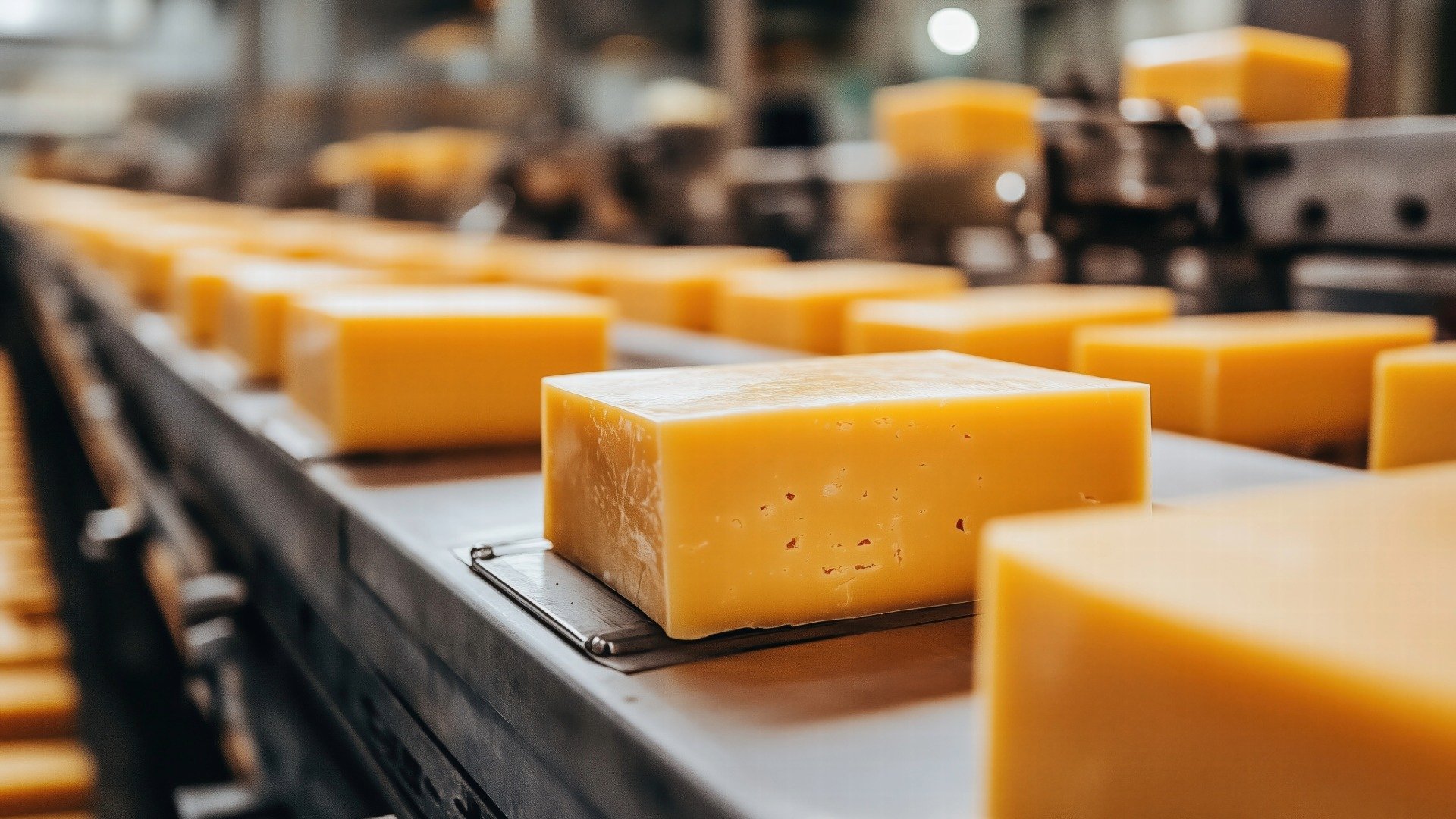 The COVID-19 pandemic disrupted normal operations for countless food and beverage manufacturers. Disruptions from future pandemics may occur due to limited staff because of layoffs, social distancing requirements, or sickness; additional sanitation requirements to control viral transmission; changes in production levels; and possibly plant shutdown. These situations can lead to the need of resources for food safety sanitation.
The COVID-19 pandemic disrupted normal operations for countless food and beverage manufacturers. Disruptions from future pandemics may occur due to limited staff because of layoffs, social distancing requirements, or sickness; additional sanitation requirements to control viral transmission; changes in production levels; and possibly plant shutdown. These situations can lead to the need of resources for food safety sanitation.
It is essential that food manufacturers create safe, quality food, therefore, routine practices need to continue and additional sanitation may need to be added. Employers also need to ensure a safe environment for their staff, including minimizing the risk of being exposed to harmful viruses and infections.

Preparing New Cleaning Tools for Use
On a frequent and ongoing basis, the below cleaning measures should be taken.
To build and maintain a positive food safety culture, having properly trained staff is very important.
A positive safety culture includes:
Shop our selection of color-coded cleaning supplies.

January 2, 2026
From regulatory updates to evolving needs for operational efficiency, food processors spent 2025 adaptin...

December 10, 2025
What is OSHA's Regional Emphasis Program (REP) for the food manufacturing industry? The OSHA Regional Em...

December 8, 2025
There is a fundamental connection between worker safety and food safety: A failure in worker safety can ...